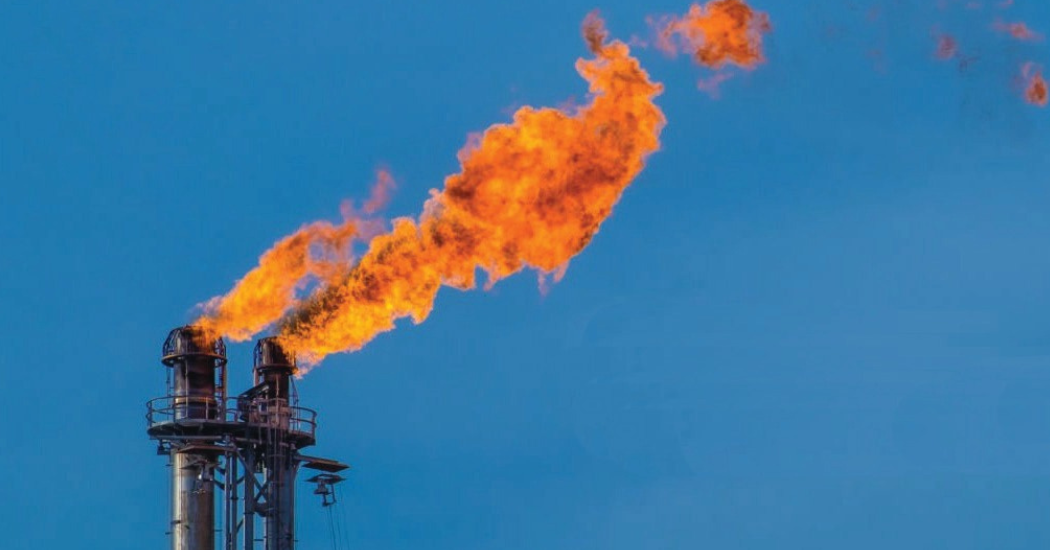Challenge:
A major refinery needs to monitor for H2S and combustible gasses around vapor recovery units and knock out drums near two emergency flares. While power was available near these locations, the existing infrastructure lacked the input/output (I/O) support needed for traditional wired gas detectors. The large distances involved and the extensive wiring required to properly monitor for leaks made a traditional system cost-prohibitive.
Initial Solution:
The end user began testing a limited deployment using a gateway and Vanguard WirelessHART gas detectors with the intention of expanding to fifteen units. However, the layout of the two flares presented additional difficulties for the test. The closest point with a connection to the plant network was at the farthest end of the monitoring area. This created a potential bottleneck and increased the number of “hops” (data transmissions between devices) for the more distant detectors, leading to an increased risk of lost data packets and network latency. To mitigate this risk, the end user installed an antenna with a 350-meter cable running from the gateway, along with two repeaters positioned at the center of the mesh network. While this helped to reduce latency and improve network reliability, it did not eliminate the hops entirely and added complexity and cost to the system.
 The Centero Advantage:
The Centero Advantage:
Centero’s Intrepid Gateway offers a solution that overcomes the challenge of limited network connectivity and the absence of homerun cables (direct connections) at the far flare line. This gateway incorporates Industrial WIFI Mesh+ technology alongside WirelessHART. By doing so, it eliminates the need for the two repeaters and the 350-meter cable. The Centero gateway has the potential to further reduce latency and eliminate hops altogether by creating two separate meshes, one around each flare line. This also opens up the possibility of incorporating additional industrial Wi-Fi devices, such as infrared cameras, and supports the use of more WirelessHART devices around each flare line.




